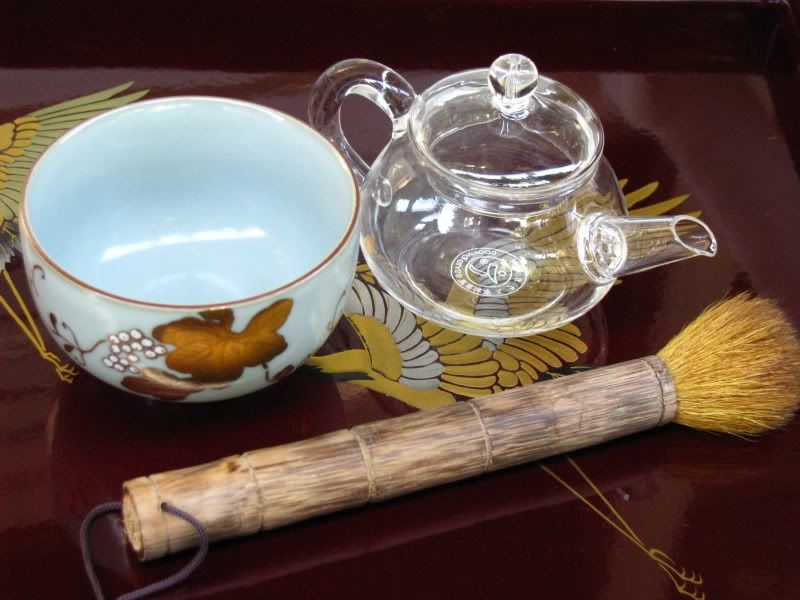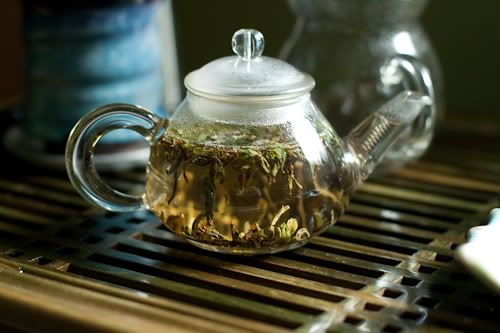I'm back!

Okay, lighting your photos is arguably THE single most important thing you can pay attention to when trying to make a good picture.
By far, the quickest, easiest way to ensure you have adequate lighting is to go outside on a sunny day, and put your subject in the shade. Why shade? If more light is better light, shouldn't you (and your subject) be in the sun? You be the judge, these are unedited photos, taken with a Canon sx100 point and shoot, only resized to forum post size.
Sun

Shade

I wish I had thought to take these pictures in the middle of the day to even better show the difference. Bright, full sun washes out colors and creates abundant glare. Since most point and shoot cameras do not have available filters, you can't simply "put sunglasses on" your camera. If you have an SLR you can compensate a bit by using a polarizing filter or some other darkening filter, but shade is still better for reducing glare and maintaining colors.
If you must shoot in full sun, try to do it late in the day, when the sunlight is hitting things at a deeper angle. There's all kinds of tech talk for why the light is nicer in the late evening, but the short version is that it's simply not as harsh. The "sun" picture above, was taken in the early evening, and is not too bad, although not as good as the "shade" image. Tomorrow I will edit this with a full, mid-day sun image to show the difference.
EDIT: Full mid-day sun example. You can see how harsh the shadows are, the colors are wrong (especially the reds,) and there is serious glare.

The next image was taken indoors under regular household lighting. The WB (white balance) was set to "tungsten," which corrects the color cast from the incandescent lighting.

You can see it's pretty good for color, but still not quite as nice as the "shade" version. It's really kind of boring.
In this next shot, I set the WB to "daylight" just to show what a difference in color adjusting the WB makes.

YUCK! That's going to need a lot of help in Photoshop!
Note that I have not used flash for even the indoor shots. Why not? Well, see for yourself.

Here, you can see that the flash has created glare on the glass, harsh tones and hard lines. The colors are flattened and washed out, and the color cast, though not terribly wrong, still just does not look right. Plus the flash bounces off every little mineral deposit on the glass teapot. Not pleasing at all! ptooey!
Now here's where it gets tricky. Look again at the first indoor picture. See how speckly it is? That's called "noise," and we don't like it. It happens when you need to use high ISO. That's what I'm going to write about next. Stay tuned.









